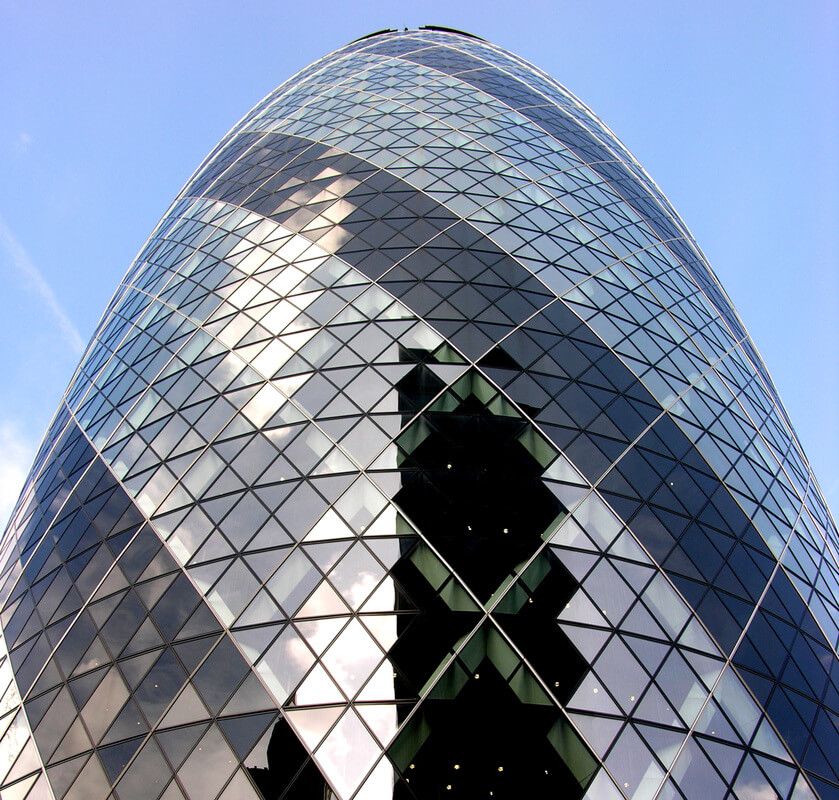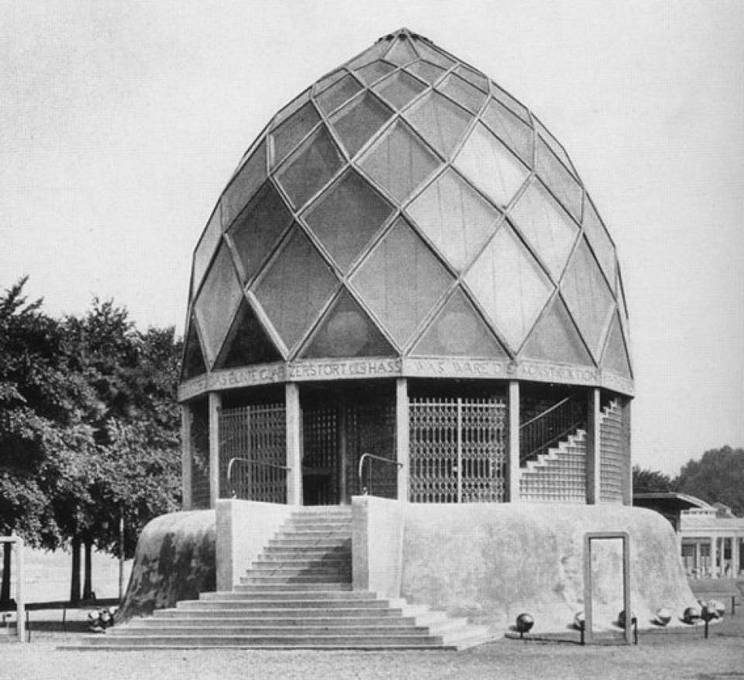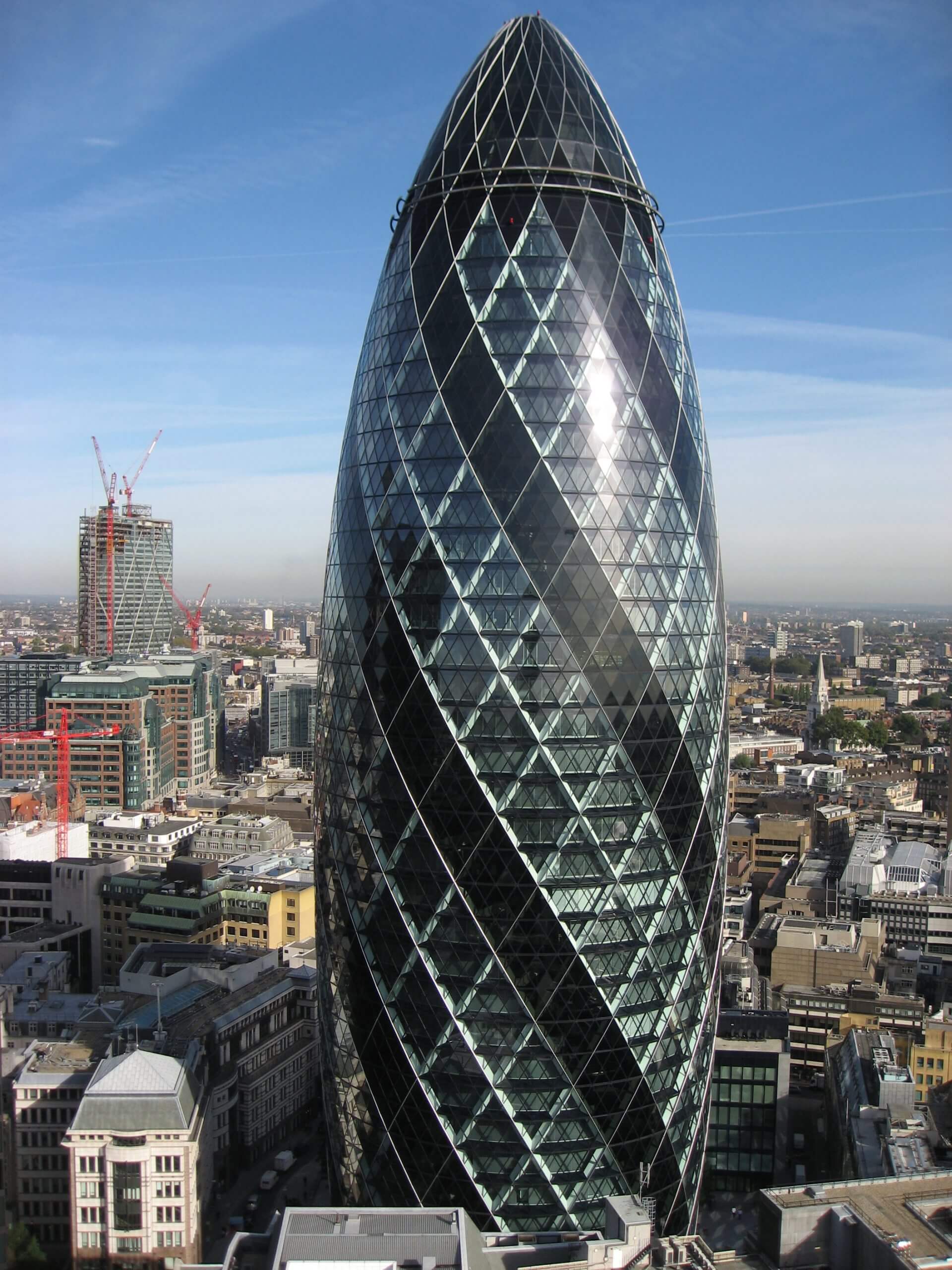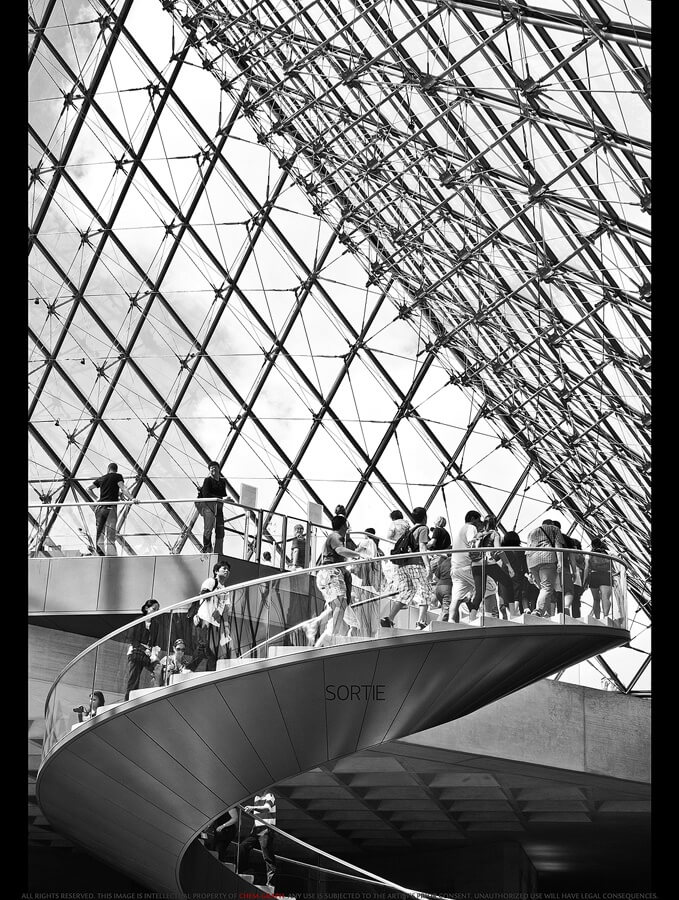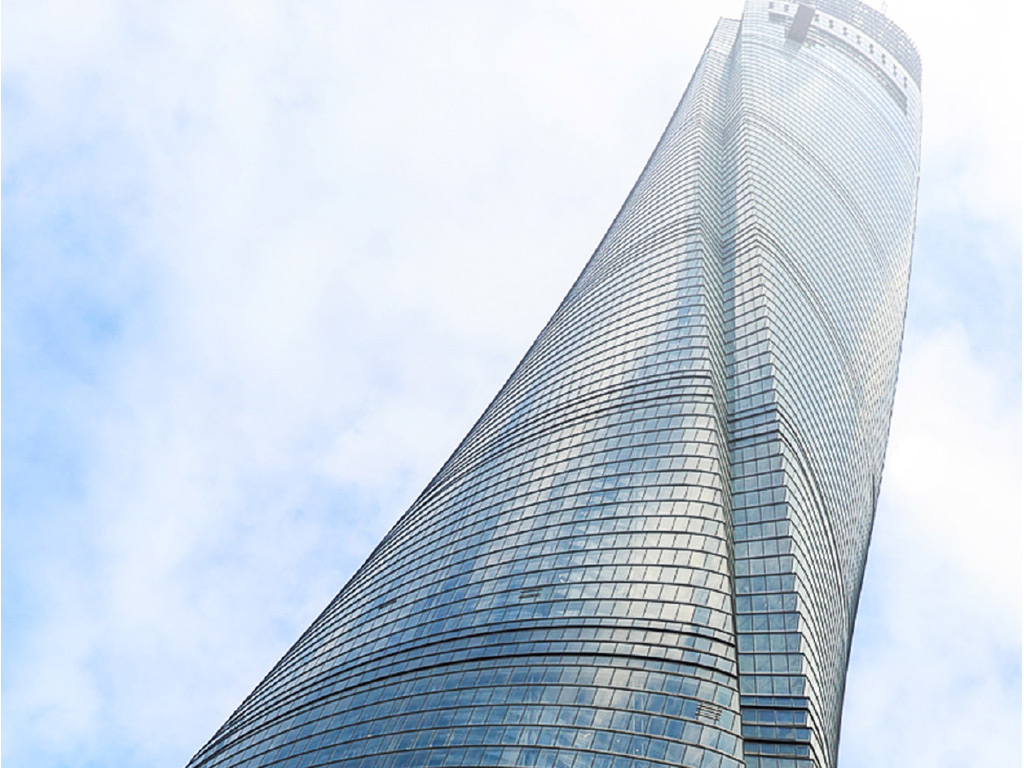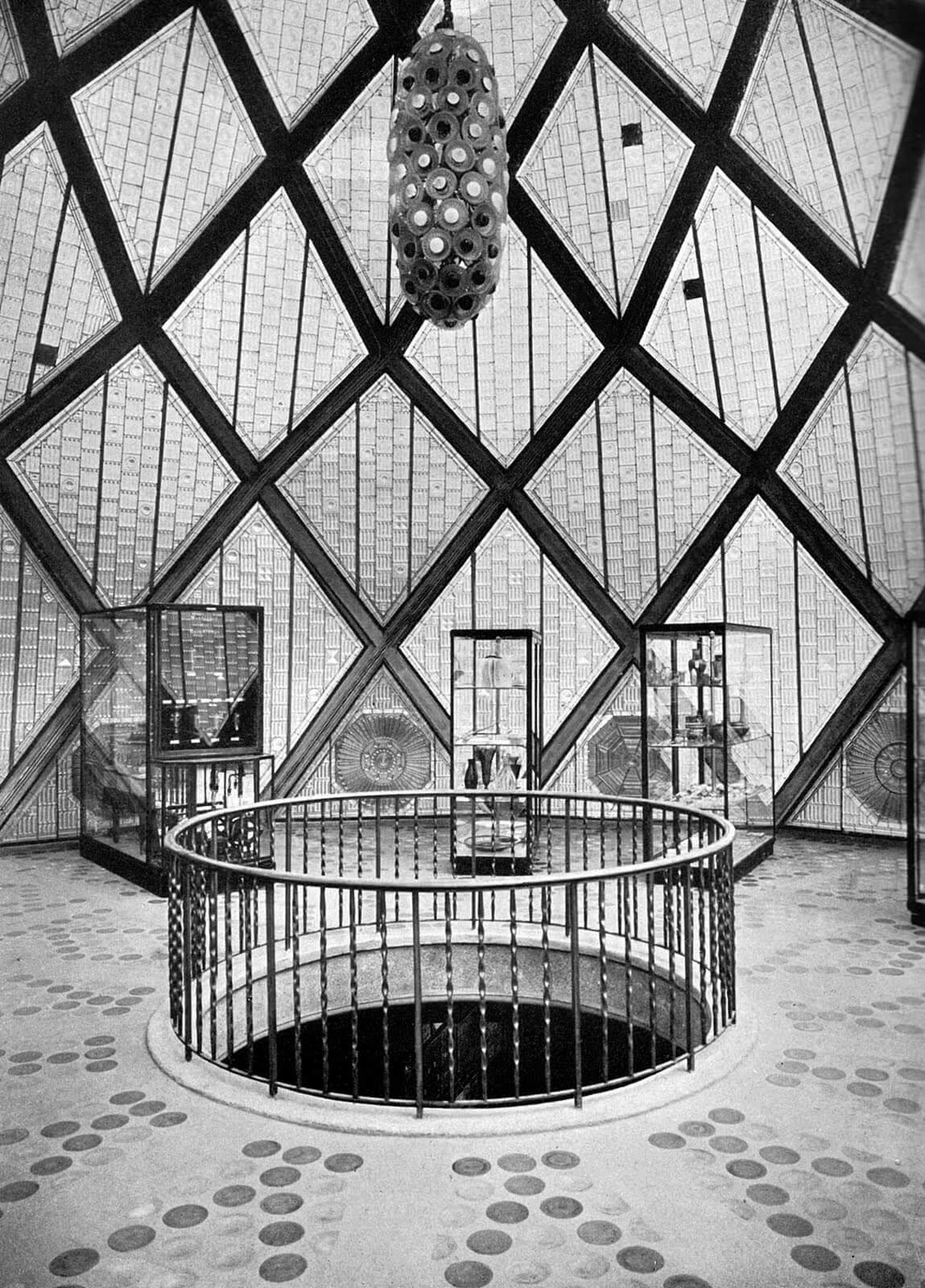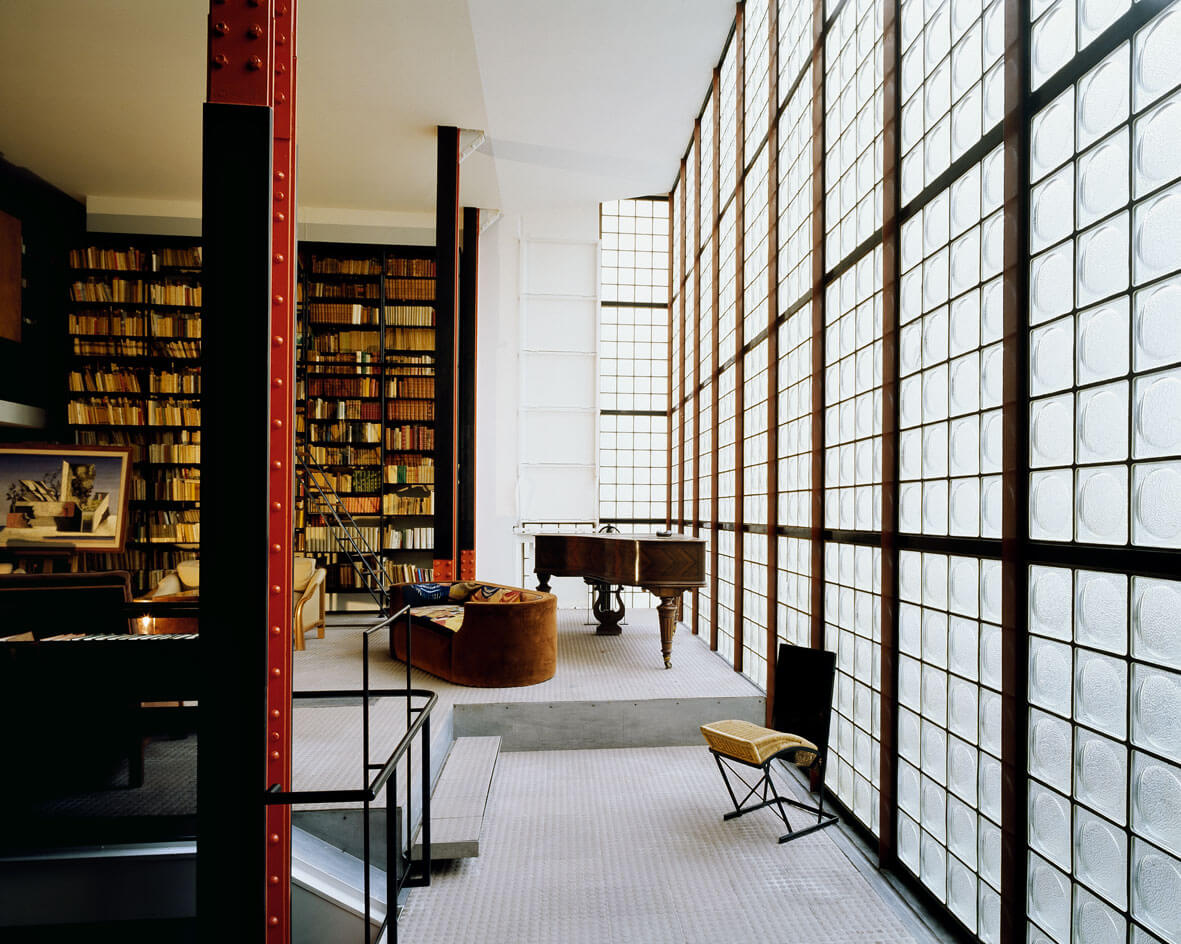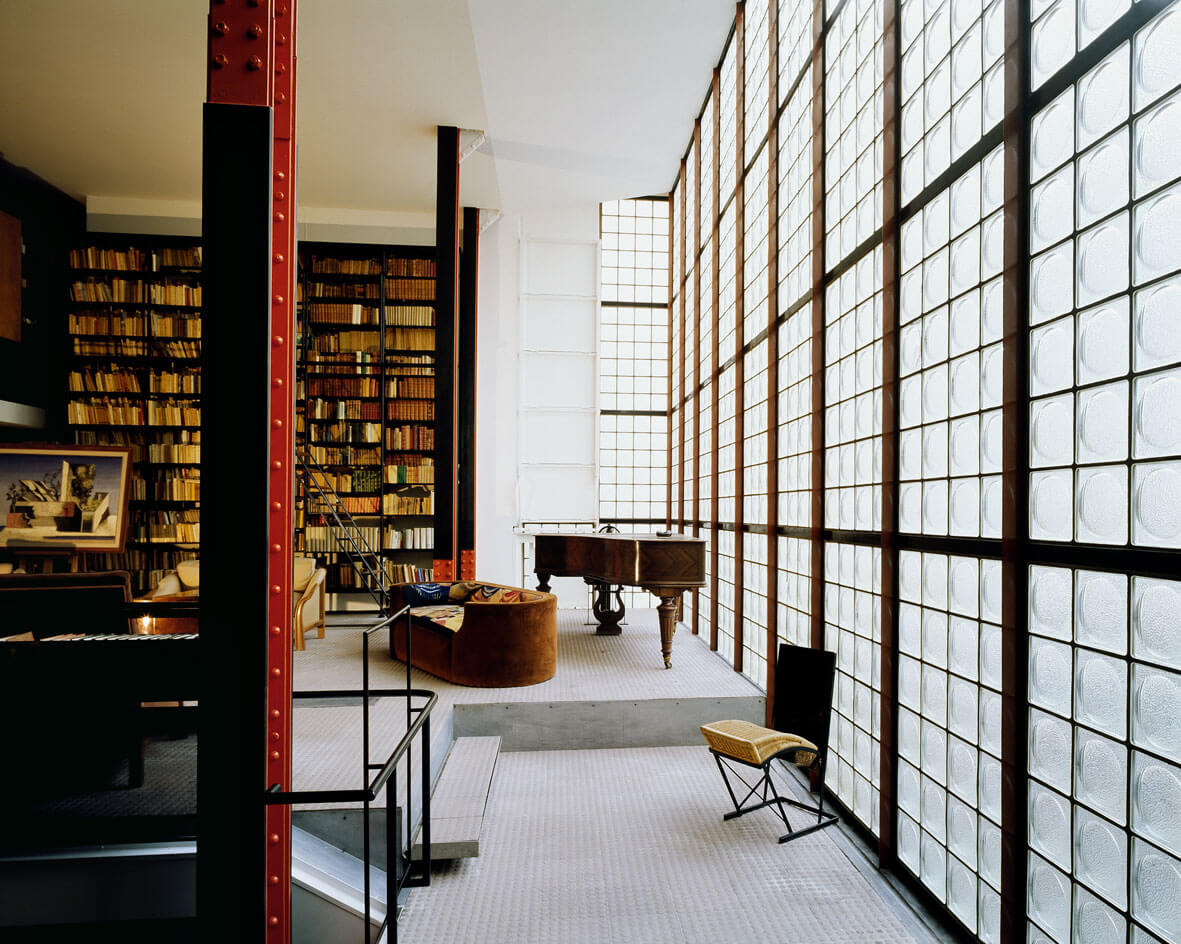One of my favorite topics, German Expressionism in architecture, was the theme of class held this morning. In the first Werkbund exhibition, held in July of 1914 in Cologne, Bruno Taut designed his famed and ultra-influential fairy-tale pagoda Glass Pavilion, a small structure in glass and steel, set on a concrete base. Heralded the Utopian Expressionist architecture of the years prior and after WWI, this small jewel was one of the most ambitious expressions of the Expressionist theme of the crystalline and glass. Glass was chosen not only for its transparency and flexibility, but also for its mystical and romantic metaphor of spiritual transformation, as with its purity and clarity, it came to represent the supreme synthesis of form and beauty. Taut’s building has been served as a source of inspiration in the years to come, from from Pierre Chareau’s Maison de Verre through Foster + Partners’ Swiss RE building, to Gensler’s Shanghai Tower; from I.M. Pei’s interior for Apple stores to his Louvre. Celebration of glass architecture.


